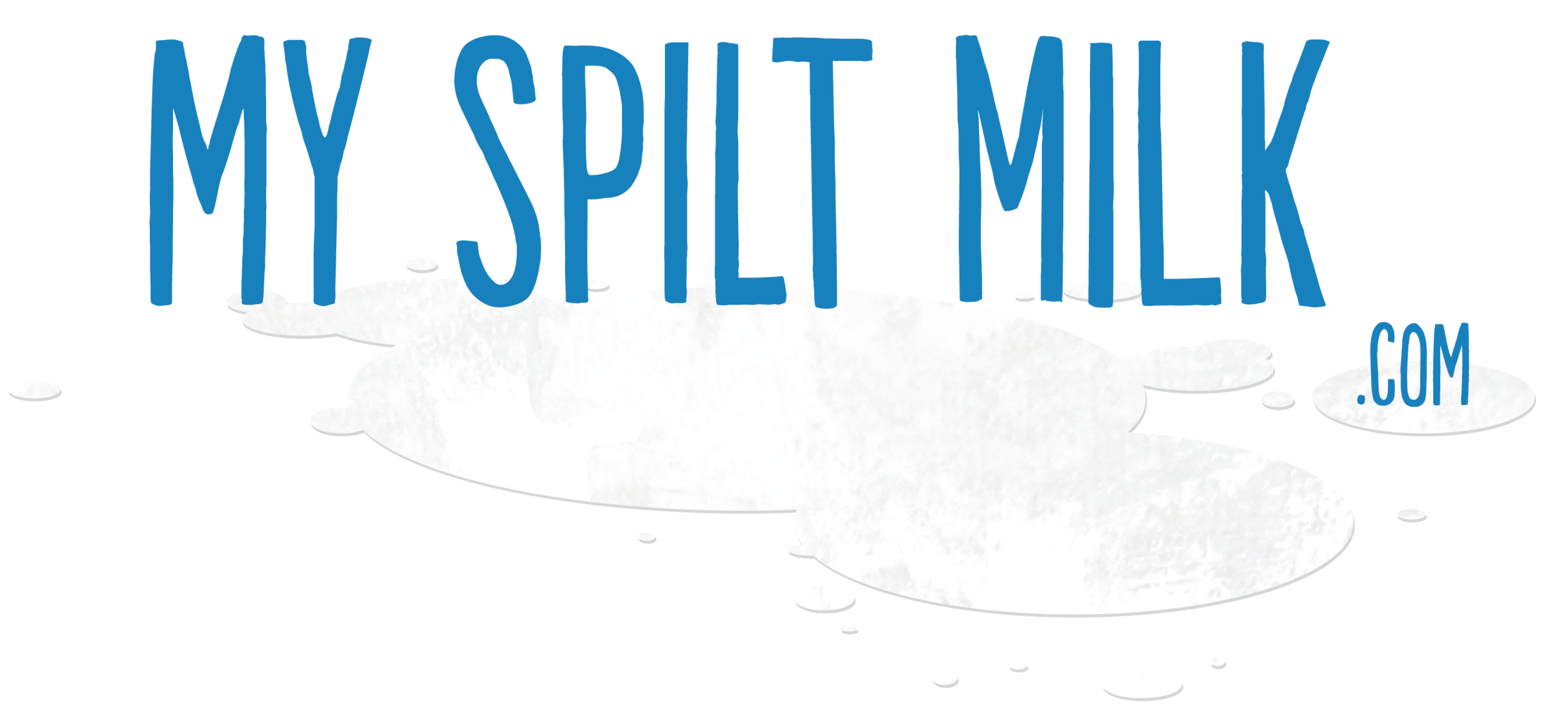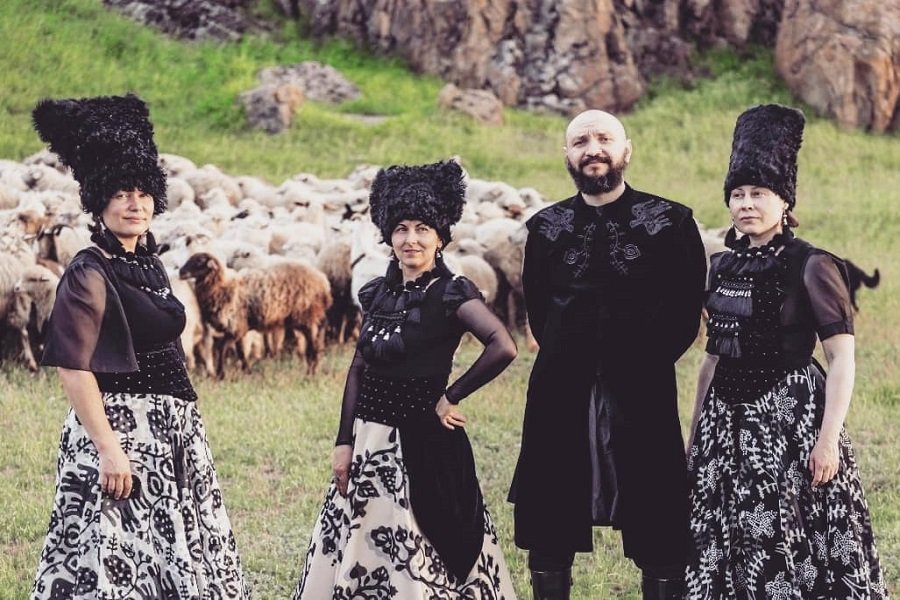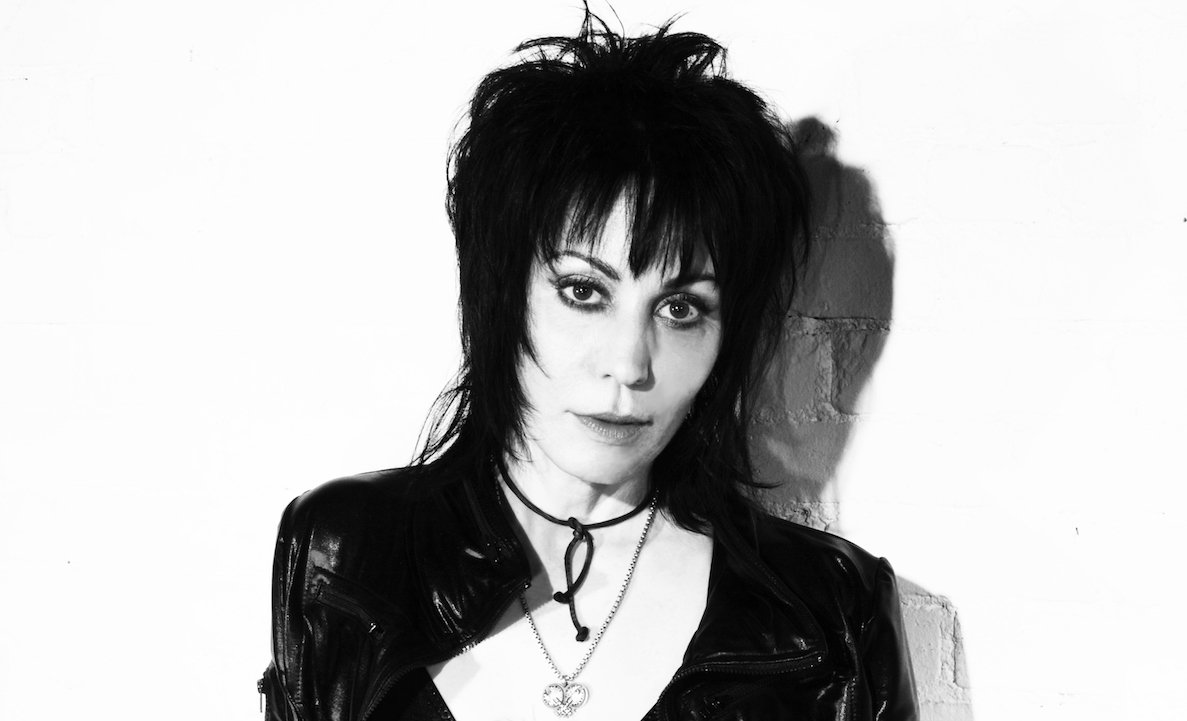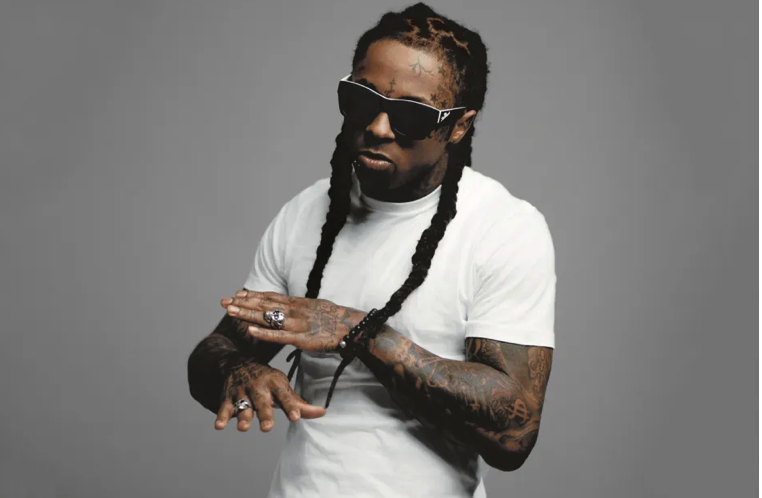Age, Electronics, and Politics at Jazz Fest 2025

Laufey, by Lauren Kim
Last call for Jazz Fest 2025.
The Pros
Jazz Fest 2025 often felt current. For years, Jazz Fest seemed to be fighting back modern times, booking rock ’n’ roll’s greatest generation and embracing generational talents, even when that generation had a trick knee and a bad back.
Since COVID, the festival has paid more attention to the interests of Generation X and Millennials, and this year Jazz Fest booked six headliners that found their audiences in 2010s and 2020s—Burna Boy, Luke Combs, Cage the Elephant, Goose, Laufey and Tems. Betting on twentysomethings to show up once would have been a reach, but it’s working well enough and, more importantly, it’s helping a new generation connect to Jazz Fest. These are fans who will become lifers.
Related to that, it was great to hear electronic—or partly electronic—music at Jazz Fest as well. El Dusty described his cumbia DJ set with live percussion from The Homies as “a rave for adults” when he performed in the Expedia Cultural Exchange Pavilion Tent on the first Thursday. Similarly, Zar Electric’s set in the Lagniappe Tent started an actual dance party as the band played North African music with an electric kora, a series of traditional, stringed instruments, and a keyboard player who also handled drum programming and likely an MPC. Mexican Institute of Sound featured lead vocals and sample manipulation from producer Camilo Lara along side a bass player, drummer and trumpet player.
They’re not the first artists to bring dance club-friendly music to Jazz Fest. Canadian First Nations DJ trio A Tribe Called Red sampled indigenous instruments for its “pow-wow step” sound, and after he left the trio, DJ Shub moved the same sonic source material in a more hip-hop direction when he played Jazz Fest.
So far, DJs have been booked to represent current versions of traditional sounds, and that makes sense. It’s problematic to represent Mexican culture or any culture only in its most traditional form and ignore the versions that move younger dancers in clubs in Mexico City. Leaving them out would be like leaving Lost Bayou Ramblers out of Cajun music booked at Jazz Fest. It would tell an incomplete story and misrepresent the culture.
On a side note, I wondered during the El Dusty and Zar Electrik dance parties, how many people who were really dancing were otherwise skeptical of EDM.
Among people I talked to and my social media, the Mexico showcase and the Expedia Cultural Exchange Pavilion Stage were hits. I think I was more consistently enchanted by the Colombian acts in 2024, but I loved more of the Mexican acts. Son Rompe Pera were everybody’s “Did you see …?” band, and I loved El Dusty, Mexican Institute of Sound, and Pasatono Orquesta. The latter’s presentation of Mixteca music from Oaxaca was so magical I saw half a set in the tent, then a whole set by them at the Lagniappe Stage.
New Orleanians may not have appreciated it, but Mexican Institute of Sound played a song they don’t play at home. Their “Mexico” samples the Mexican National Anthem, and audiences at home don’t appreciate hearing their anthem chopped and re-tooled. Their set felt doubly retro, sampling sounds from the ’60s in a style that reminded me of late ‘90s bands like England’s Propellerheads (“History Repeating”) as they married a DJ to a dance-oriented rock band.
Part of the fun of the stage was that it was tented so it had a great energy, and the floor wasn’t concrete so it didn’t sound terrible. It was the place where I ran into musicians, and the joy of discovery was a consistent part of the vibe in the space.
One friend hoped Mexico would become a more regular part of Jazz Fest. The rotation of countries makes that unlikely, but this was the second visit in three years for Son Rompe Pera, so hopefully some of the other bands will be back, even when the spotlight’s on other countries.
Jazz Fest tickets get more expensive every year, and there’s probably not a lot that can be done about that. It didn’t get a lot of attention, but the festival did what it could to be more affordable for Louisianans. The locals weekend pass broke down to little more than $80 a day. Admittedly, that’s not useful for people who don’t want to go every day, but it’s an effort in the right direction. Add to that two $50 Locals Thursdays and a Louisiana discount every day, and you can see the effort made to make it easier for locals to go.
As I wrote last week, some people simply are priced out by the cost of festivals, and in the current economic climate, it’s easy to imagine others that aren’t comfortable dropping festival money on tickets, but these prices look like a good faith effort to make it easier to afford tickets.
The Cons
The sound. Since this is a yearly complaint, it doesn’t feel like Jazz Fest is in any hurry to address it, and maybe rightly so. As long as people pay to see shows that sound like shit, the festival gets the message that the sound’s not so much of a problem that they have to deal with it. My worst offenders remain the Blues Tent and WWOZ Jazz Tent, where the combination of round, booming kick drums and the cement floors produce an ambient cloud of bottom end that muddies the sound. During Kamasi Washington’s festival-closing set in the Jazz Tent, anytime anyone onstage ventured into the lower midrange frequencies, they disappeared in the mix. Musicians’ choices were only clear and distinct when they played in the upper midrange or higher, and that murk also wiped any dynamics.
I had the same issues in the Blues Tent, though I didn’t see a set where the sound marred the show to the same degree. It was shameful though to see Charlie Halloran walk on for a guest spot with lowrider soul band The Sinseers on the last Sunday and only see him as he took a solo. The mic in front of the band’s horn players—who also had mics in the bells of their horns—obviously wasn’t on when Halloran started, and he finished before the sound man got him in the mix. The guys in the band complemented him as he left, but the rest of us could only wonder about what we missed.
Final Notes
The Trump administration’s targeting of Mexico for trade war and aggressive action on the southern border this spring made the choice of Mexico as the spotlight country a little more fraught than Jazz Fest expected when it made than plan. As far as I could tell, most artists didn’t say anything political, but not everybody. Camilo Lara of Mexican Institute of Sound wore a t-shirt that read, “Mexico Antifascista,” and during El Conjunto Nueva Ola’s set, they introduced their song “El Jom Dipo” (Home Depot) talking about how wrong it was that people are being disappeared to El Salvador.
For the most part, the artists representing Mexico weren’t overtly political, and I didn’t expect them to be. When I interviewed Son Rompe Pera, I asked them how they felt about playing Jazz Fest in the U.S. right now as Mexican artists, and Allan “Mongo” Gama said, “Maybe we aren't a band, during these times, that is political or says political things, but what we do with music is make them forget a little about what they're going through, right?”
I suspect he reflected the attitudes of many of the artists, though he went on. “Our audience in the US is mostly immigrants,” Mongo said. “And we always try to be inclusive. At the end of the day, it's about inclusion, including us as a band and as humans, right? At the end of the day, we're all the same, right? But I don't know, it doesn't scare us. On the contrary, we feel prouder of playing with the whole band over there.”
Jesús "Kacho" Gama continued.
“I'd also like to say something. I also think it's important, and we're also happy that Jazz Fest has Mexico’s participation. We're happy to play for several days and be able to return. I also think it's a beautiful thing. We're happy to be back so quickly.
Talking about Trump and all that stuff, we don't get into that either, but Mexico isn't all about drugs, not as you see it. It has nothing to do with drug trafficking. There are many beautiful things that Mexico has to offer, too. There's a lot of music, there are many places, many hardworking people. Many people are proud. We're also very happy to be back.”
- I got emotional hearing Bikini Kill’s “Rebel Girl” piped through the PA as the start of Joan Jett’s set. It’s probably as close as Kathleen Hanna will get to a Jazz Fest stage, so I’ll take it. It was also sweet to see a picture of photographer Pableaux Johnson next to the stage at the Jazz & Heritage Festival. It was so weird to not see him there this year.
- Cheap Trick featured the sons of Rick Neilsen and Robin Zander on drums and guitar respectively, and it’s easy to envision a day when the band is led by its second generation and there are no original members.
Age felt like part of the story during that set as they seemed a little cranky and set in their ways with middle half-hour that seemed designed to demonstrate that they’re an active, creative band, even if it bogs down the show. You could also see the passage of time on Neilsen, but they still sounded great and Zander still has a lot of power in his voice.
- One low grade highlight was watching LeTrainiump gather an audience. He has performed at Jazz Fest as part of other shows including glbl wrmng, but he had his own slot for the first time on the first Thursday. His set was early in the day and started with the light crowd of friends and the curious. In the first 20 minutes, the audience grew exponentially as people heard his ’80s and ’90s-oriented pop R&B and got into it, dancing, not just watching in curiosity. It was a moment when an audience found someone new to follow, and an artist saw a possible future.
For the most complete look back at the festival, go to My Spilt Milk at Jazz Fest 2025. Everything My Spilt Milk published related to this year’s Jazz Fest is there.
Creator of My Spilt Milk and its spin-off Christmas music website and podcast, TwelveSongsOfChristmas.com.






